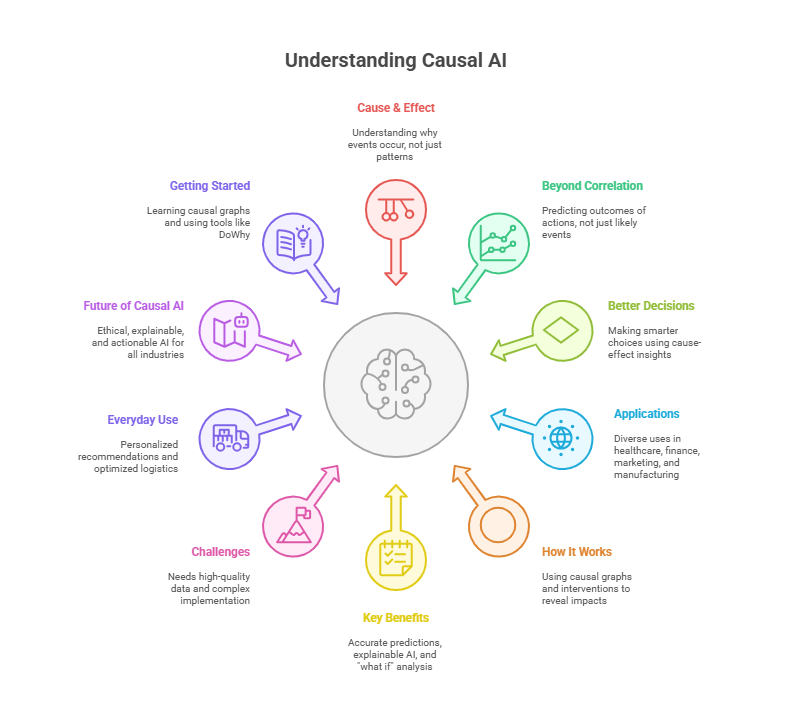Causal AI Market Trends, Share & Forecast | 2035

A close examination of the Causal AI Market Growth Share by Company reveals that early market traction and revenue are being captured by companies that can most effectively bridge the gap between complex causal theory and tangible business outcomes. In this nascent market, growth share is not being won by the companies with the most academic citations, but by those with the most compelling and quantifiable customer success stories. Providers who can demonstrate how their platform was used to, for example, reduce customer churn by identifying its true drivers, optimize a supply chain by simulating the effects of different sourcing strategies, or increase the effectiveness of a clinical trial by modeling patient responses, are the ones gaining the most significant momentum. This focus on delivering measurable ROI is paramount, as early adopters of this advanced technology need to justify their investment with clear evidence of business impact, moving beyond the hype and demonstrating real-world value.
A key factor determining growth share is the usability and accessibility of the platform. Causal inference is a deeply technical and mathematically complex field. The companies that are succeeding are those that have built sophisticated platforms that abstract away this complexity, creating intuitive, low-code or no-code environments where business analysts and domain experts—not just PhD-level data scientists—can build and interrogate causal models. By empowering the people who have the deepest understanding of the business context to ask "why" questions and run "what-if" scenarios, these platforms dramatically lower the barrier to adoption and accelerate the time to value. This democratization of causal analysis is a critical growth driver, as it expands the potential user base within an organization from a small data science team to a much larger pool of business decision-makers. The ability to translate the output of a causal graph into a clear, actionable business recommendation is a key differentiator for companies capturing early growth share.
Furthermore, the ability to specialize and target specific high-value verticals is proving to be a powerful strategy for capturing growth. While the principles of Causal AI are universal, their application is highly domain-specific. Companies that have developed pre-built models, feature engineering pipelines, and use case templates for industries like financial services (for causal risk and attribution), life sciences (for drug discovery and trial optimization), or CPG (for marketing mix modeling) are able to deliver results much faster and more reliably. This vertical expertise builds deep credibility and allows them to address the unique data challenges and regulatory constraints of each industry. As the market matures, companies that can establish themselves as the leading Causal AI provider for a specific vertical are well-positioned to build a defensible moat and capture a significant and sustainable share of the market's growth. The Causal AI Market size is projected to grow to USD 14.01 Billion by 2035, exhibiting a CAGR of 17.84% during the forecast period 2025-2035.
Top Trending Reports -
Antivirus Gateways Security Market
- Business
- Art
- Causes
- Crafts
- Dance
- Drinks
- Film
- Fitness
- Food
- الألعاب
- Gardening
- Health
- الرئيسية
- Literature
- Music
- Networking
- أخرى
- Party
- Religion
- Shopping
- Sports
- Theater
- Wellness
- Technology
- Cryptocurrency
- Psychology
- Internet
- Ecommerce
- Family
- Others


